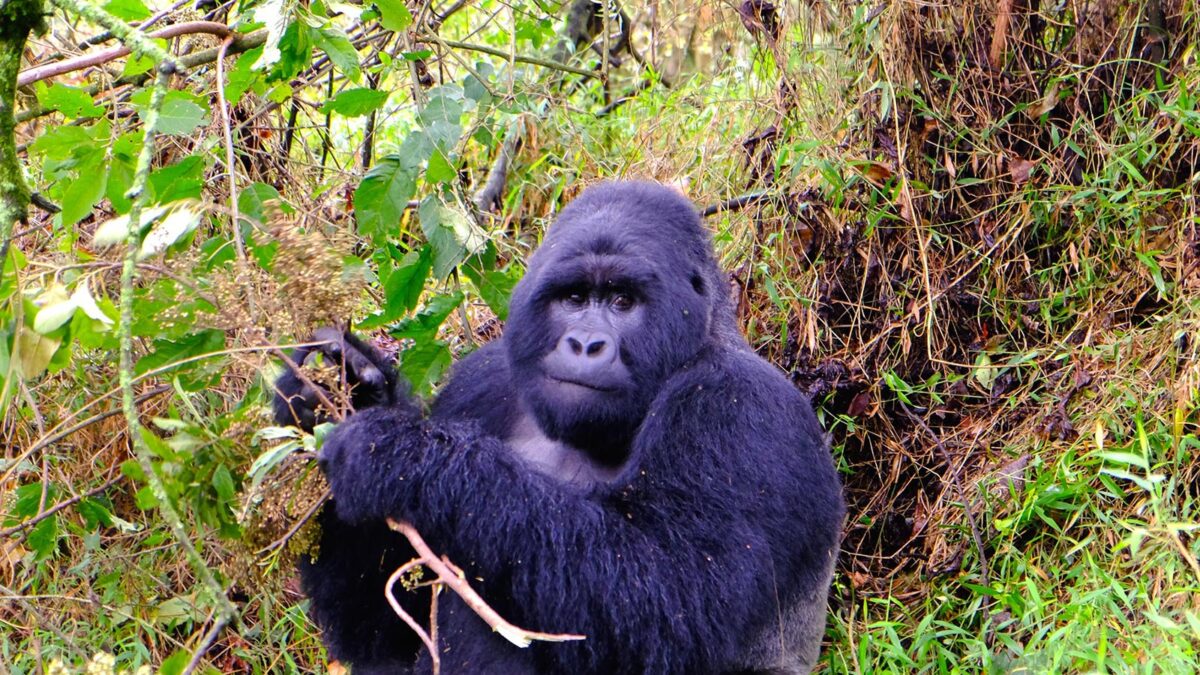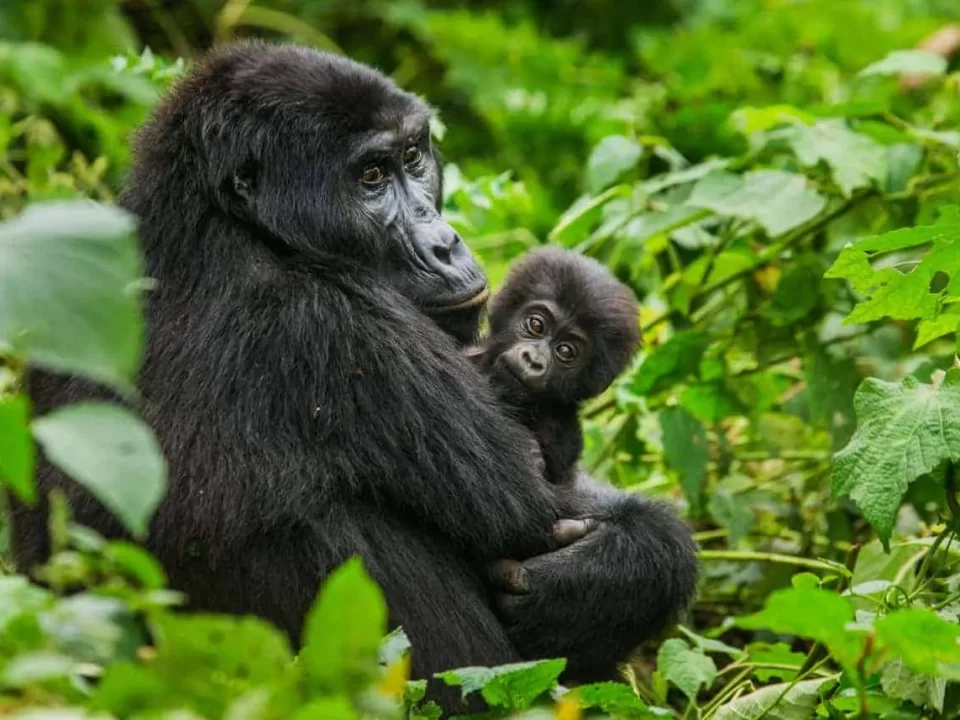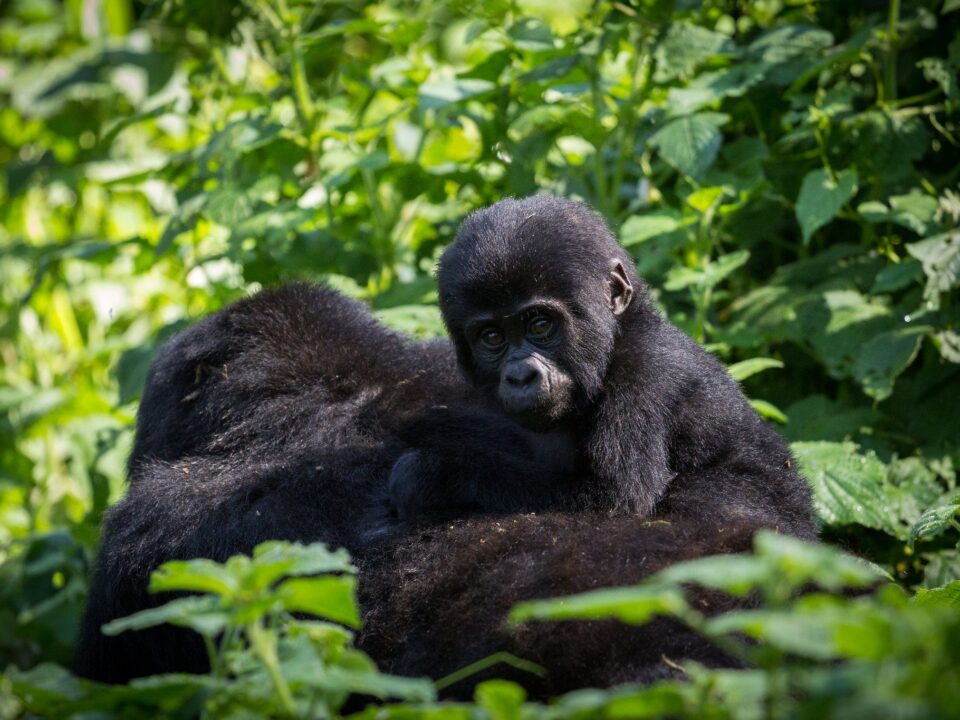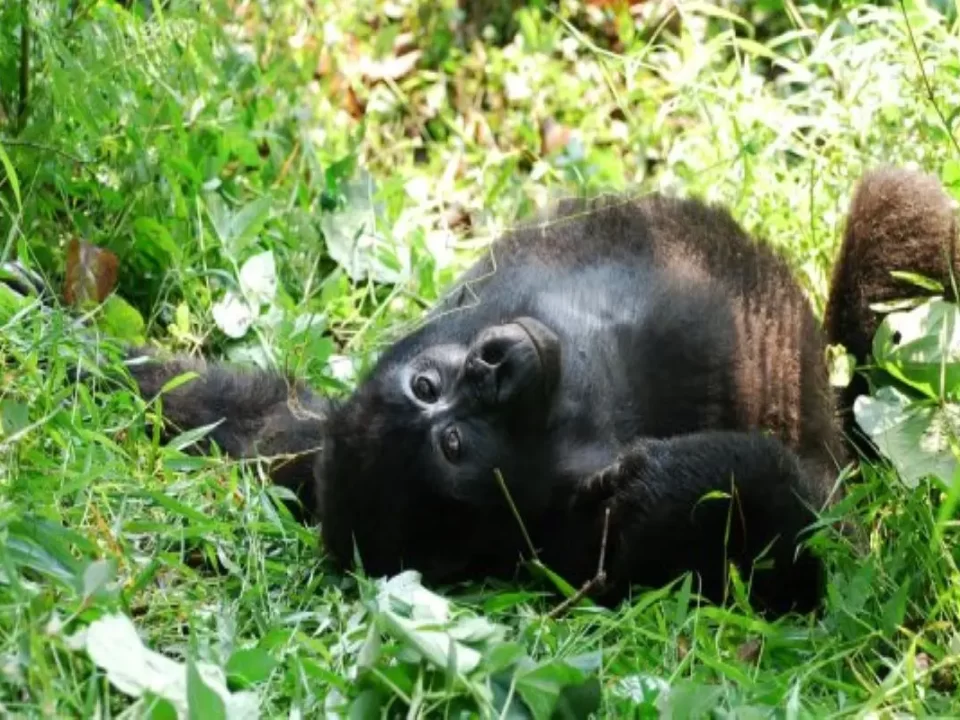Uganda Safari in September

Masai Mara Camping Safaris for 3 days
December 23, 2023
7 Days Best of Tanzania Wildlife Safari
December 23, 2023Exploring Uganda in September – Anticipating the Unique Charms of a September Safari
Embarking on a Uganda safari in September places you within the embrace of the second rainy season. This meteorological phase commences in southern Uganda, gradually extending its reach to the northern regions. While not considered an ideal month for venturing into national parks or engaging in Gorilla trekking, the adventurous souls willing to brave heavy thundershowers, traverse challenging roads, and tackle demanding hikes to encounter the Mountain Gorillas can enjoy the advantage of lower accommodation costs with reduced rates during the low season.
In the eloquent words of Winston Churchill in 1907, Uganda is truly the “Pearl of Africa,” boasting magnificence, vivid color, and a profusion of brilliant bird life, insects, and reptiles on a vast scale. Over a century later, this description still holds true, highlighting Uganda as one of the world’s most bio-diverse countries. Home to 13 primate species, 330 mammals (six of which are endemic to Uganda), and over 1040 bird species, Uganda showcases a breathtaking array of landscapes, including Africa’s highest mountain range and the source of the River Nile, the world’s longest river.
While Kenya and Tanzania often dominate discussions about East African safaris, Uganda stands out with its unique offering – the Mountain Gorillas. Conserving half of the world’s remaining wild Mountain Gorilla population, Uganda provides the extraordinary opportunity to track these magnificent primates in their natural habitat, delivering one of the most memorable wildlife experiences globally. Additionally, Uganda is one of the select few African countries where you can track Chimpanzees in the forest, adding another primate adventure to your unforgettable journey.
September typically marks the conclusion of the dry season, yet the arrival of short rains may bring intermittent downpours during your safari. Gorilla treks in Bwindi Impenetrable National Park or Mgahinga Gorilla National Park proceed as scheduled despite rainfall, requiring preparation for a wet hike. If fortunate, you might encounter a completely dry month, enhancing wildlife visibility as animals graze vegetation near dwindling waterholes.
Kibale Forest National Park is an exception, experiencing unfavorable weather conditions in September, making it less ideal for Chimpanzee tracking. For those specifically seeking this primate encounter, considering alternative travel times, such as January and February or June and July, proves optimal.
Despite the rain, Uganda’s temperatures remain consistent throughout the year, offering abundant opportunities for incredible wildlife experiences. For detailed insights into planning your Uganda safari in September, reach out to Trek Africa Expeditions, where we can assist you in crafting a memorable and well-prepared journey.




